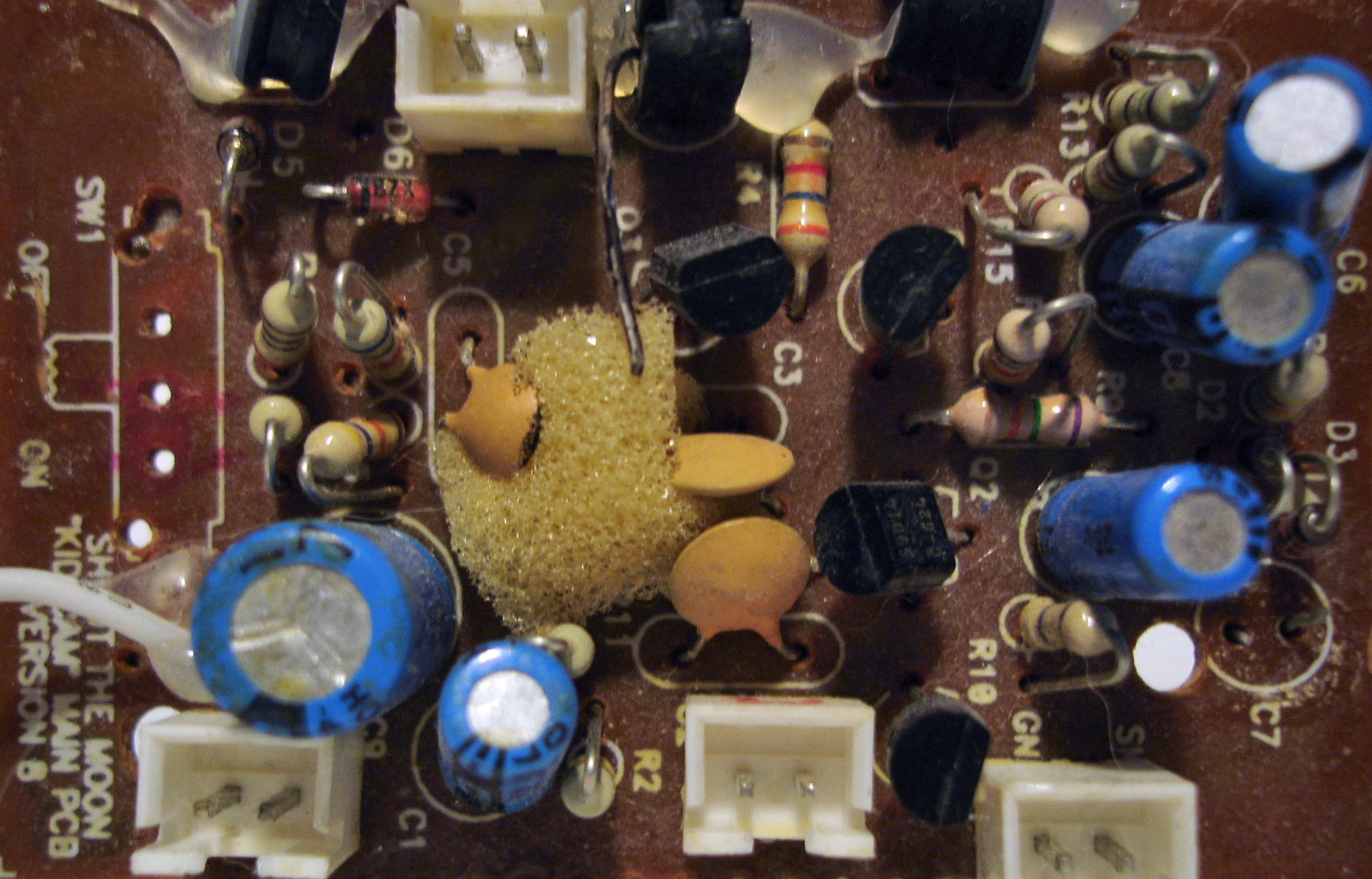Portable Electronics Revolution

본문
A Power Converter is an cheap price electronic components device that transforms DC power from a power source, such as a wall outlet, into Clean Power, which can be employed to charge a battery. The primary function of a battery charger is to transform the input AC power into a stable DC output that can be safely and efficiently charged into a battery. Most battery chargers use a simple DC-DC transmitter circuit to accomplish this task, with common charger designs featuring Voltage Controlled Regulators and switching regulators and voltage-limited charging circuits.

High Efficiency Power Devices are highly integrated ICs that combine multiple power-management functions into a single component. These ICs allow safe and efficient charging of batteries by merging a battery charger with other vital power-management functions such as power supply sequencing. PMICs typically exhibit a high degree of integration, which allows designers to reduce the number of external components, making products more compact and affordable.
In recent upgrades in technology have resulted in the creation of highly integrated power management ICs that can handle a wide range of electrochemical materials and capacity values. These PMICs often feature multiple charger interfaces featuring DC output ports, Li-ion charging, and Li-polymer interfaces. In addition, they often include highly developed power-management features such as battery control power-saving features, and thermal regulation.
The widespread implementation of Power Management ICs has remarkably improved the effectiveness and safety of portable items. Modern PMICs are capable of reaching high power-conversion percentages, normally exceeding percent, resulting in longer battery lifetimes and decreased heat rise. Moreover, these ICs often include built-in defenses such as overcharge, over-discharge, and thermal overload protection to assure safe operation and prolong battery lifespan.
When developing a power-management system, it is vital to consider the features of the chemical power source being used. Different electrochemical materials such as Nickel-Cadmium, Nickel Metal Hydride, and Lithium-ion require specific charging routines to ensure safe and effective charging. PMICs, therefore, must be meticulously picked based on the battery chemistry being used.
In final, battery chargers and High Efficiency Power Devices have contributed a vital role in advancing the creation of portable devices. By merging multiple power-management capabilities into a single component, PMICs facilitate safe and efficient charging of batteries while reducing the complexities and expense of products. As technology continues to improve, we can anticipate even more sophisticated PMICs that will drive the development of increasingly space-saving and highly efficient portable electronics.

댓글목록0
댓글 포인트 안내